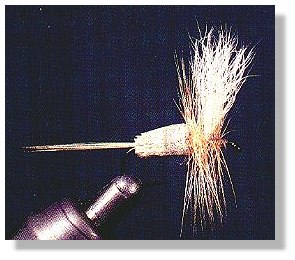
 Rat-Faced McDougal By Skip Morris
Excerpt from The Art of Tying A Dry Fly
|
|
|
|
Tying Instructions:


|
[ HOME ]
[ Search ] [ Contact FAOL ] [ Media Kit ]

 Rat-Faced McDougal By Skip Morris
Excerpt from The Art of Tying A Dry Fly
|
|
|
|
Tying Instructions:


|
[ HOME ]
[ Search ] [ Contact FAOL ] [ Media Kit ]